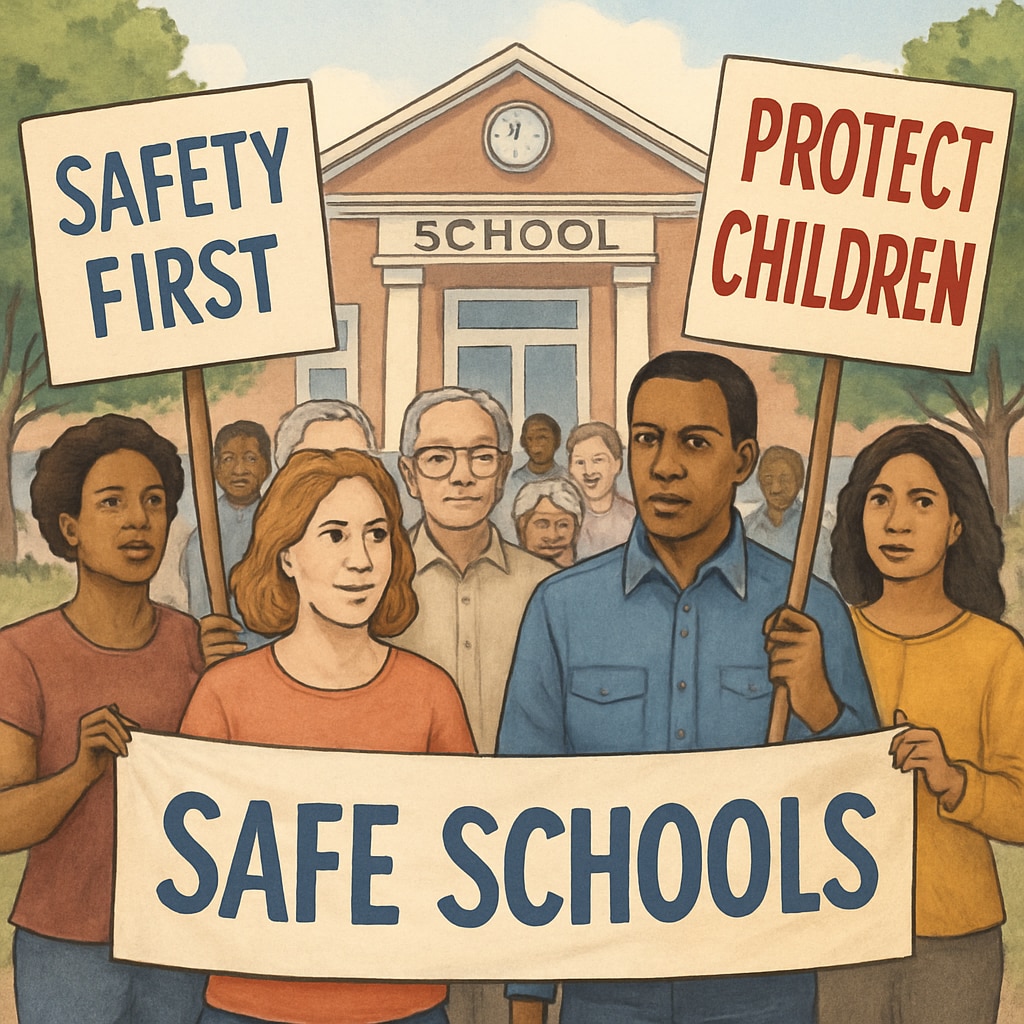When a school board member with a documented history of child abuse participates in educational governance, it raises profound concerns about the safety and ethics of the institution. This intersection of governance and past misconduct puts communities at the forefront of action, demanding accountability and systemic change. In this article, we examine why such situations occur, the legitimate concerns of parents and stakeholders, and actionable solutions to create safer environments for children.

The Ethical Crisis in School Governance
Schools are meant to be safe havens for children, fostering growth and education within a protective environment. However, the presence of individuals with child abuse records in decision-making roles undermines this trust. Such cases bring up ethical questions about the vetting processes for board members and the broader implications for school governance.
Parents and community members often express outrage and fear, not only due to the individual’s past actions but also because of what their presence signals about institutional priorities. For example, a lack of rigorous background checks can indicate negligence or misplaced values within the institution. As a result, maintaining transparency and accountability becomes a pressing issue.
Community Concerns: Why This Matters
Parents and guardians have valid reasons to be alarmed. The presence of someone with a history of child abuse in educational governance creates an emotional and psychological burden. It also risks perpetuating a culture of neglect regarding children’s safety. Furthermore, such cases can erode community trust in local schools, potentially affecting enrollment rates and public funding.
According to Child Abuse on Wikipedia, the psychological impact of abuse often lingers long after physical harm has ceased. Allowing individuals with such histories into leadership positions can inadvertently normalize past misconduct or create environments where further harm is possible. Communities must act decisively to prevent such risks.
Legal and Procedural Safeguards
One of the most effective ways to address this issue is through legal frameworks and procedural safeguards. Schools and governing bodies must implement stringent background checks for all candidates seeking leadership roles. These checks should extend beyond standard criminal records and look into any documented history of abuse, even if not resulting in legal charges.
Furthermore, legal reforms can help fill existing gaps. For instance, some jurisdictions lack explicit laws barring individuals with child abuse records from serving on school boards. Advocacy for legislative changes can ensure that such loopholes are closed. Organizations like Britannica’s Education Resource highlight the importance of aligning governance with ethical standards.

Community-Led Solutions
Legal measures alone may not be enough. Community action plays a crucial role in safeguarding schools. Residents can mobilize to demand transparency and ethical governance through petitions, town hall meetings, and direct engagement with school officials. Grassroots movements can amplify concerns and push for immediate action.
Additionally, forming parent-teacher associations (PTAs) or similar advocacy groups can create consistent oversight of school governance. These groups can monitor board appointments, review policies, and ensure that child safety remains a priority in decision-making.
Public Awareness and Continuous Monitoring
Lastly, raising public awareness is essential. Media campaigns, social media advocacy, and educational workshops can inform communities about the risks of inadequate governance. Continuous monitoring of school board activities, coupled with regular audits, can ensure sustained accountability.
As a result, communities can create a multi-layered approach to safety—combining legal reforms, advocacy, and public oversight to protect children effectively. It is not just about addressing individual cases but creating systemic changes that prevent future occurrences.
Readability guidance: This article uses concise paragraphs, clear headings, and actionable insights to ensure accessibility. Lists and examples simplify complex ideas, and transitions (such as “however,” “in addition,” and “as a result”) enhance flow.


